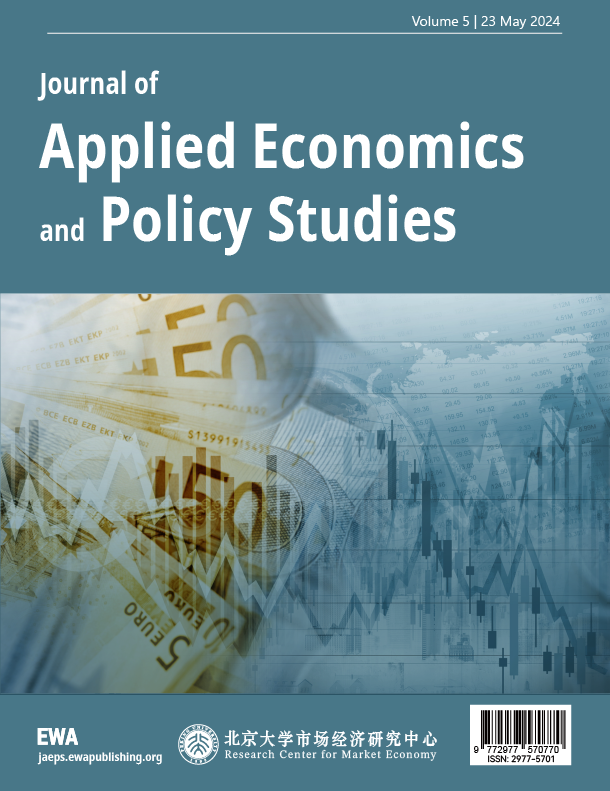References
[1]. National Bureau of Statistics of China (2021–2024).China Statistical Yearbook. http: //www.stats.gov.cn
[2]. Tang, Z. (Ed.). (2017). China's urbanization and socioeconomic Impact. Singapore: Springer.
[3]. Ma, L. J. C. (2002). Urban Transformation in China, 1949 – 2000: A Review and Research Agenda.
[4]. Ravenstein, E. G. (1885). The Laws of Migration.Journal of the Statistical Society of London, 48(2), 167–235.
[5]. Ravenstein, E. G. (1889). The laws of migration.Journal of the royal statistical society, 52(2), 241-305.
[6]. Sjaastad, L. A. (1962). The Costs and Returns of Human Migration.Journal of Political Economy, 70(5, Part 2), 80–93.
[7]. Lee, E. S. (1966). A theory of migration.Demography, 3(1), 47-57.
[8]. Todaro, M. P. (1969). A Model of Labor Migration and Urban Unemployment in Less Developed Countries.The American Economic Review, 59(1), 138–148.
[9]. Zelinsky, W. (1971). The hypothesis of the mobility transition.Geographical review, 219-249.
[10]. Krugman, P. (1991). Increasing Returns and Economic Geography.Journal of Political Economy, 99(3), 483–499.
[11]. Beine, M., Docquier, F., & Rapoport, H. (2008). Brain Drain and Human Capital Formation in Developing Countries: Winners and Losers.The Economic Journal, 118(528), 631–652.
[12]. Lucas, R. E. B. (1997). Internal Migration in Developing Countries.Handbook of Population and Family Economics, 1B, 721–798.
[13]. Wang, H., & Miao, L. (2019). China's domestic and international migration development. Singapore: Springer.
[14]. Yibin Municipal People’s Government (2022).Yibin City 14th Five-Year Development Plan for Human Resources and Education Development.
[15]. Sichuan Provincial Development and Reform Commission (2021).Sichuan Province Urbanization Quality Improvement Plan(2021–2035).
[16]. Ministry of Education of the People’s Republic of China (2023).Annual Report on China’s Education Development.
[17]. Sichuan Statistical Yearbook (2020–2023).Sichuan Provincial Bureau of Statistics. http: //tjj.sc.gov.cn
[18]. Yibin Statistical Bulletin on National Economic and Social Development (2021–2023).Source: http: //www.yibin.gov.cn
[19]. China City Statistical Database – Yibin, Chengdu, Mianyang, Aba population and migration data.Platform: https: //www.citypopulation.de/en/china/sichuan/
[20]. Tencent Regional Heat Map for Talent Flow (2023).Source: 腾讯位置大数据平台, https: //heat.qq.com
[21]. Baidu Migration Index – Population mobility among Sichuan cities during Spring Festival (2020–2024).Source: http: //qianxi.baidu.com
[22]. International Development and Urbanization References
[23]. United Nations Department of Economic and Social Affairs (UN DESA) (2019).World Urbanization Prospects: The 2018 Revision.
[24]. OECD Urban Policy Reviews (2020). Promoting Inclusive Growth in Cities: International Strategies for Mid-sized Urban Areas.
[25]. World Bank Group (2015). Urban China: Toward Efficient, Inclusive, and Sustainable Urbanization.https: //www.worldbank.org/en/country/china/publication/urban-china



